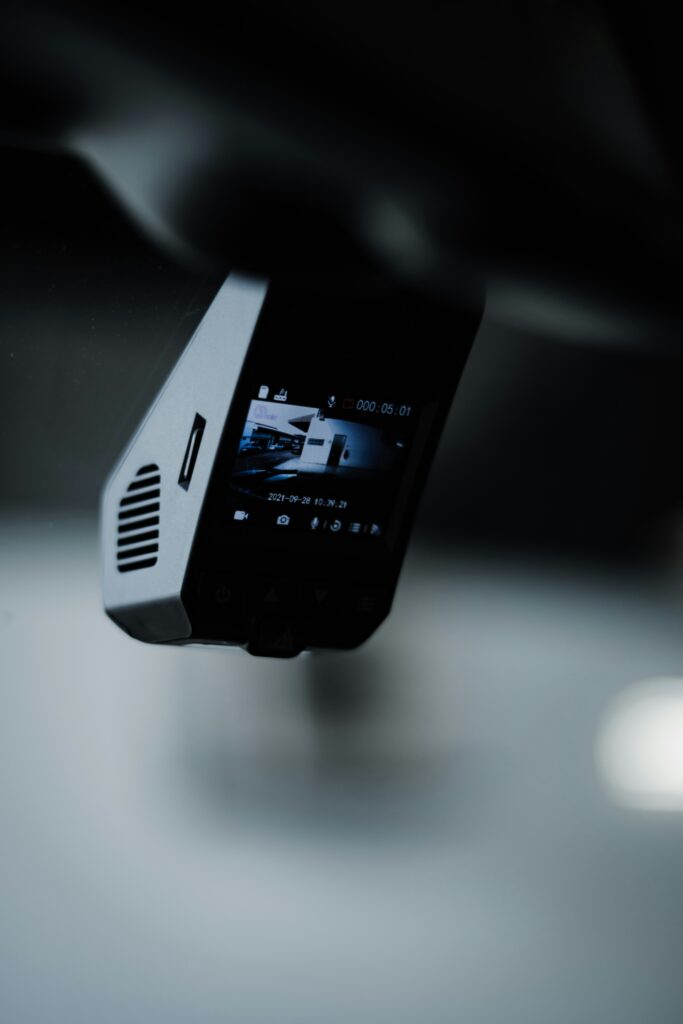Dash cam footage can significantly boost your car accident claim. By providing clear, objective evidence of the accident, dash cams play a crucial role in establishing fault and supporting your claim for compensation.
1. Understand the Importance of Dash Cam Footage
Dash cam footage can serve as crucial evidence in a car accident claim for several reasons:
- Objective Proof: Unlike witness statements, which can be influenced by memory or bias, dash cam footage provides objective, real-time evidence of the events leading up to and during the accident.
- Clarifies Fault: Dash cam videos can clearly show which driver was at fault by capturing actions like speeding, running a red light, or making an illegal turn.
- Supports Your Testimony: If your account of the accident is disputed, dash cam footage can support your version of events, helping to resolve conflicts in the evidence.
2. Secure the Footage Immediately After the Accident
If you have dash cam footage of the accident, securing the video file should be one of your top priorities:
- Save the Footage: Dash cams typically overwrite old footage after a certain period. As soon as possible, download and save the video file to a secure location, such as a cloud storage service or an external hard drive.
- Make Multiple Copies: Create multiple copies of the footage to ensure it isn’t lost or accidentally deleted. Consider giving a copy to your attorney as well.
3. Review the Footage Carefully
Before submitting the footage to your insurance company or using it in your claim, carefully review the video:
- Check the Quality: Ensure that the footage is clear and the events are easily discernible. If the video is blurry or unclear, it may be less persuasive.
- Verify the Timestamp: The footage should have a timestamp that accurately reflects the date and time of the accident. This adds credibility to the evidence.
- Identify Key Moments: Note any key moments in the video that clearly demonstrate the other driver’s negligence, such as a traffic violation or reckless driving.
4. Submit the Footage to Your Insurance Company
Once you’ve reviewed the footage and confirmed its relevance to your claim, submit the video to your insurance company:
- Provide a Copy: Send a copy of the footage to your insurance adjuster, along with a written explanation of what the video shows and how it supports your claim.
- Highlight Key Points: When submitting the video, highlight key moments that demonstrate the other driver’s fault. This can help the adjuster understand the significance of the footage.
5. Use the Footage in Legal Proceedings
If your car accident claim escalates to a legal case, dash cam footage can be a powerful tool in court:
- Presenting the Footage: Your attorney can present the dash cam footage as evidence during trial, using it to support your testimony and demonstrate the other driver’s negligence.
- Cross-Examination: The footage can also be used to cross-examine witnesses or the other driver, especially if their statements contradict the video evidence.
- Strengthening Your Case: In many cases, clear dash cam footage can compel the other party to settle out of court, as it leaves little room for dispute.
6. Understand the Legal Considerations
While dash cam footage is generally admissible in car accident claims, there are some legal considerations to keep in mind:
- Privacy Laws: In Texas, it’s legal to record video footage in public spaces, such as roads and highways. However, be aware of privacy laws if the footage includes audio recordings of conversations inside your vehicle.
- Chain of Custody: To ensure the footage is admissible in court, it’s important to maintain a proper chain of custody, meaning the footage must be handled and stored in a way that prevents tampering or alteration.
- Footage from Other Vehicles: If other drivers involved in the accident have dash cams, their footage may also be useful. Your attorney can help you request access to these videos if they are relevant to your case.
7. Consult with an Attorney
Using dash cam footage effectively in a car accident claim often requires legal expertise. An experienced car accident attorney can help you navigate the process:
- Legal Guidance: Your attorney can advise you on how to present the footage to your insurance company and use it in legal proceedings.
- Negotiation Power: Dash cam footage can strengthen your negotiating position, helping your attorney secure a fair settlement on your behalf.
- Court Representation: If your case goes to court, your attorney can use the footage as a key piece of evidence to build a compelling case.
Conclusion
Dash cam footage can be a game-changer in car accident claims, providing clear and objective evidence that can help establish fault and support your claim for compensation. By securing the footage, reviewing it carefully, and using it strategically, you can maximize the impact of this valuable evidence. If you’re unsure how to proceed with your dash cam footage, consulting with an experienced car accident attorney in Texas can help you navigate the process and protect your rights.

